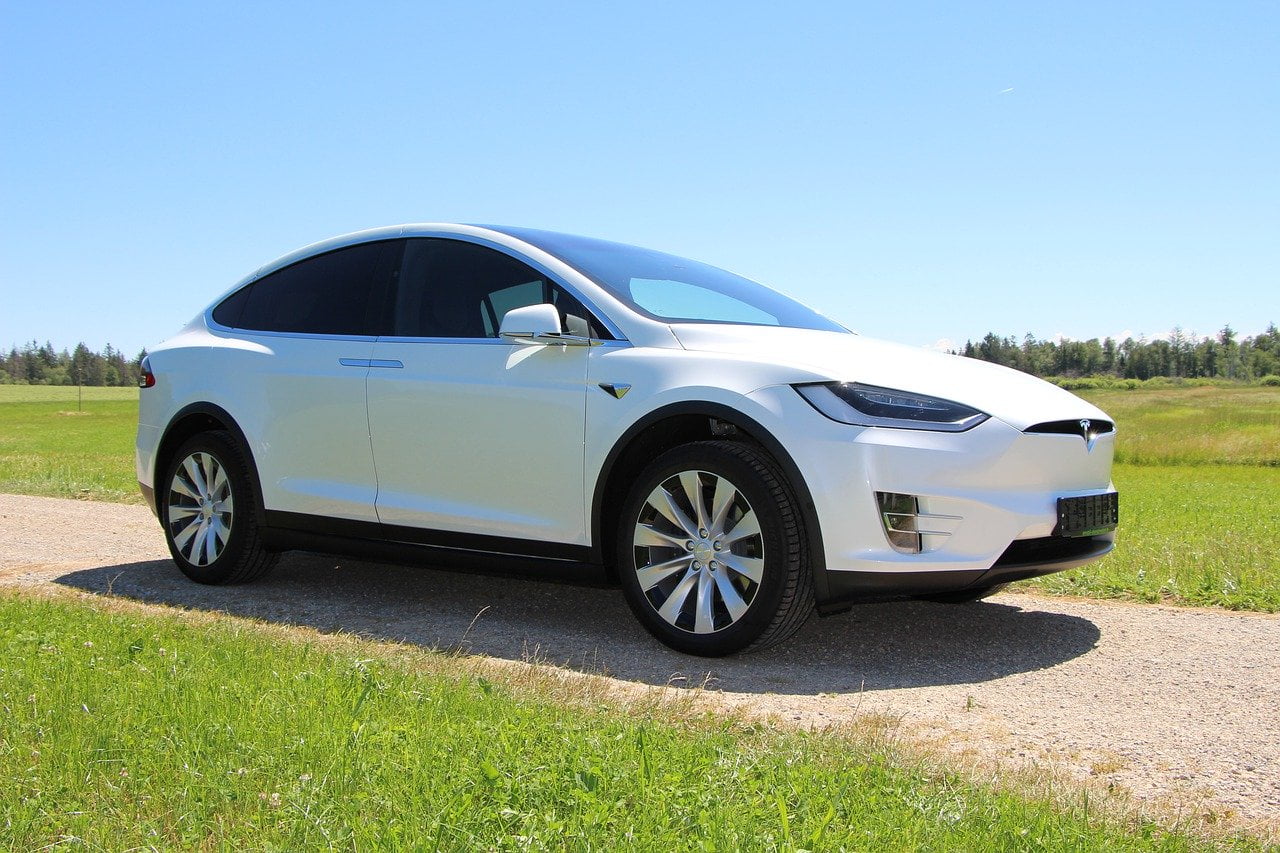In his Daily Market Notes report to investors, while commenting on Tesla Inc (NASDAQ:TSLA), Louis Navellier wrote:
Q1 2021 hedge fund letters, conferences and more
S&P 500 Gains Good To Go
Another 10% upside for the S&P 500 looks good to go . . . With the month of May just beginning – and already getting plenty of scrutiny as to whether investors should “sell in May and go away” – it seems pretty clear to me that, based on how well a number of fluid factors are playing out, the S&P 500 is ripe for advancing another 10% from its April 30 level of 4,181.
Sure, a 5% pullback below 4,000 is quite possible – and more likely probable, in that the narrative of the past week was to sell on the earnings news, regardless of the blowout numbers crossing the tape.
The main point of contention at present is whether this market landscape is a “pause that refreshes” during a primary bull trend or whether May could be a month where stocks correct more than a garden-variety 5% pullback. The relatively disappointing price action fed into the “peak growth” narrative, which says the market will find it harder to keep rallying when GDP growth rates and earnings growth might moderate in the second half of the year following the monster year-over-year comparisons in Q1 and Q2.
But before getting too deep into the “narrative” weeds, the data argues well for the “pause that refreshes” scenario. The U.S. economy is driven by consumer spending, which accounts for 70% of GDP, and the final April reading of the University of Michigan Index of Consumer Sentiment increased to 88.3 (vs. a consensus prediction of 87.0) from the preliminary reading of 84.9. The final reading for March was 84.9.
Tesla’s Canary
Canary in Tesla’s Coal Mine . . The Stellantis announcement that it will exit a European emissions-credit (also known as carbon tax credits) agreement spells trouble for Tesla . . . during the first quarter, Tesla collected a record $518 million in carbon/EV tax credits, plus $101 million in short-term gains from selling part of its Bitcoin investment. In other words, Tesla made $619 million last quarter from “extraordinary” items. Subtract that $619 million from the $438 million in net earnings and they once again lost money in their operations. Using the same analysis the company actually lost $859 million from making EVs.
So far, there’s nary a blip in TSLA trading, but longer term, as earnings reports come out that may show actual losses a fundamental re valuing of TSLA shares may occur . . . in the first quarter of 2021. More bad news for TSLA . . . The Wall Street Journal reported this week that the automotive industry is moving away from “just in time delivery,” due to acute plastic and semiconductor shortages. The disruptions in the global supply chain are forcing the automotive industry to use suppliers closer to their plants, especially regarding the heavy batteries that are used in hybrid and electric vehicles (EV). Interestingly, the battery pack production at the new Tesla plant in Berlin hit a “glitch” and caused to the opening of this crucial manufacturing plant for Tesla to be postponed several months until at least January 2022. Frankly, this is just one of many delays associated with battery production that is expected to slow down the transition to EVs due to the shortage of cobalt, neodymium, and other rare earth materials.
Near-Term Market Outlook
Within the debate over the market’s near-term outlook, the Goldilocks catalyst will be influenced by how future corporate taxes are structured. It is likely that after all the Super PACs weigh in, the new corporate income tax rate will likely be around 25%. I’m looking for the narrative to quickly shift from “selling the news” to “buying the dip” as the tax debate takes on more clarity. If the tax hit to corporations is negotiated at a lower level than what is currently being proposed, then I agree with Credit Suisse that 4,600 for the S&P is a “done deal” by year-end.
While there was selling into strength as the Nasdaq 100 crossed 14,000, it has been painfully obvious to those following the tape more closely that this selling has yet to produce any meaningful downside.Earnings have been good, but the reaction has not been what I would call benign. Apple (AAPL) is the perfect example. The quarterly numbers were stellar, yet the stock had seen selling into strength from the open of trading on the day after the earnings announcement.
[Navellier & Associates does own Apple Computer (AAPL), in a few managed accounts, per client request. Ivan Martchev does not own Apple Computer (AAPL) personally.]Rate Driven Rotation
I think we are headed into another interest-rate-driven rotation in the stock market, similar to what we saw in March. The key to whether it works out the same way – a fast shakeout and ultimately a new all-time high for the Nasdaq 100 – is the U.S. bond market, which is getting ready for another assault on 1.77%, the 2021 high on the 10-year Treasury yield. The faster we make it to 1.77% and beyond, the faster the selling in the Nasdaq 100 will be. I think the rest of 2021 will see upside bias for stocks despite rising long-term interest rates as the economy normalizes after COVID.
Various measures of inflation have come in hotter than expected over the past few months and, judging by the commodity markets and the simple “wallet yardstick,” the readings on inflation are expected to get even hotter as the economy normalizes. This suggests that the 10-year Treasury yield is headed higher. I expect it to be above 2% by the end of this quarter. The German 10-year bund yield is already higher than where it was when the 10-year Treasury was at 1.77%. and it should see positive territory this quarter.






